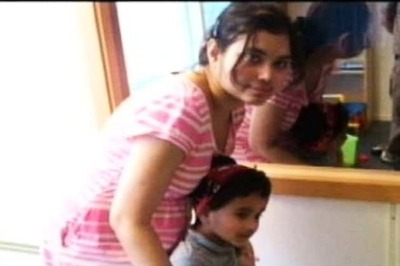THIRUVANANTHAPURAM: The discovery of gold and precious stones worth over Rs one lakh crore deep in the forgotten caverns of the Sree Padmanabha Swamy Temple here has triggered in the state's leading economists two diametrically opposite responses. In some, the riches have instilled massive glee and in others, sheer panic.
Leading economist and decentralisation expert M A Oommen feels such "unexplored and dead'' resources should be channelised for the good of humanity. "The State Government or the Trust in the name of the temple should not behave like a naive or a beggar sitting on a bench of gold,'' Oommen says.He wants the huge mountain of gold and other precious reserves to be seen as a "massive collateral.'' "Why can't a development trust be formed and bonds issued, bonds earmarked exclusively for poverty alleviation or slum development,'' he asks. He calls these bonds Padmanabha Swamy Bonds.
"Let the Lord's bonds be earmarked for the study of poor students, too. Just look at the selffinancing muddle, see what these people are doing in the name of God. Let's explore whether Sree Padmanabha Bonds can counter such unholy trends,'' M A Oommen said.International trade expert and former Planning Board member K N Harilal is aghast at the thought of routing the newlydiscovered wealth into circulation. "Monetising such huge wealth is against the monetary policy of India. The supply of money will increase and in the present circumstance it might even fan inflation,'' Harilal said. For K N Harilal, the newlyfound wealth is not just about money. "It is also about history and culture. Some of the artefacts found speaks volumes of our highlyevolved aesthetics. The coins discovered reflect our history,'' Harilal says. He feels that if the jewellery and other artefacts are housed in a museum, it could bring in benefits in the form of tourism. C P John, too, favours an international museum, which according to him, is the best way to treat the Lord's wealth soaked in history and tradition. By way of example, he said Egypt's growth is based on the Cairo museum and its pyramids. "Likewise, the hallowed wealth found in Sree Padmanabha Swamy Temple should be linked to the economy, not dissolved in it,'' John said. C P John ridicules the very idea of putting a value to the antique articles discovered. "These are invaluable things with what I would call a supervalue. It can't be priced just like the Padmanabha Swamy Temple or Sabarimala or Taj Mahal cannot be,'' he said.

















Comments
0 comment